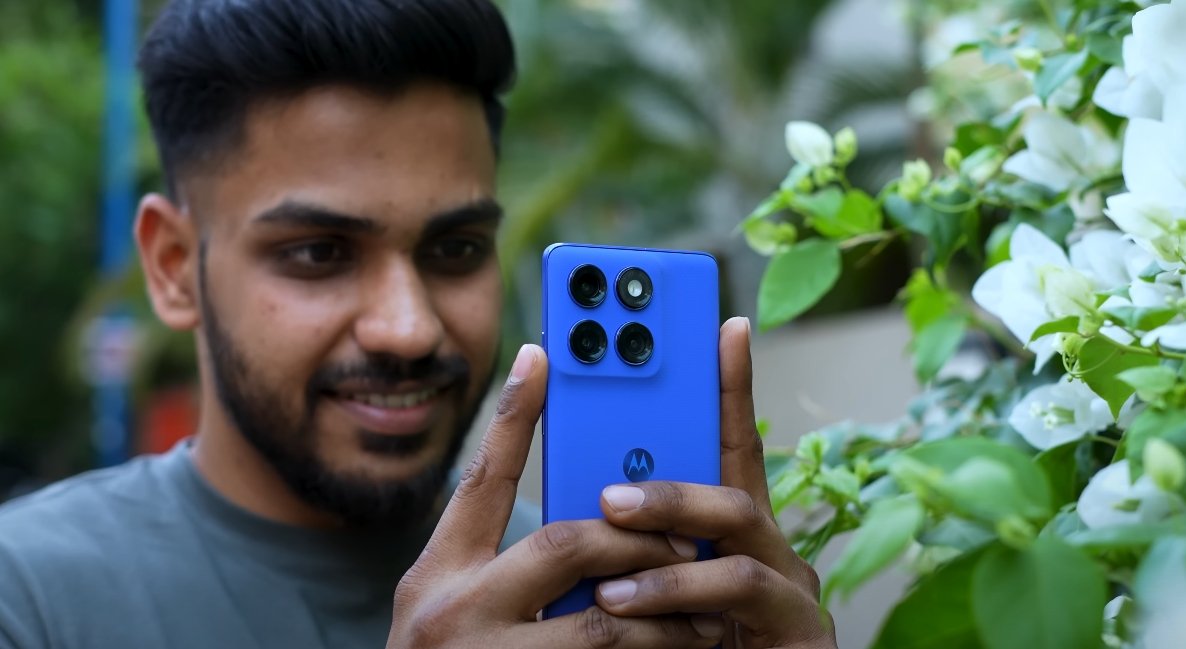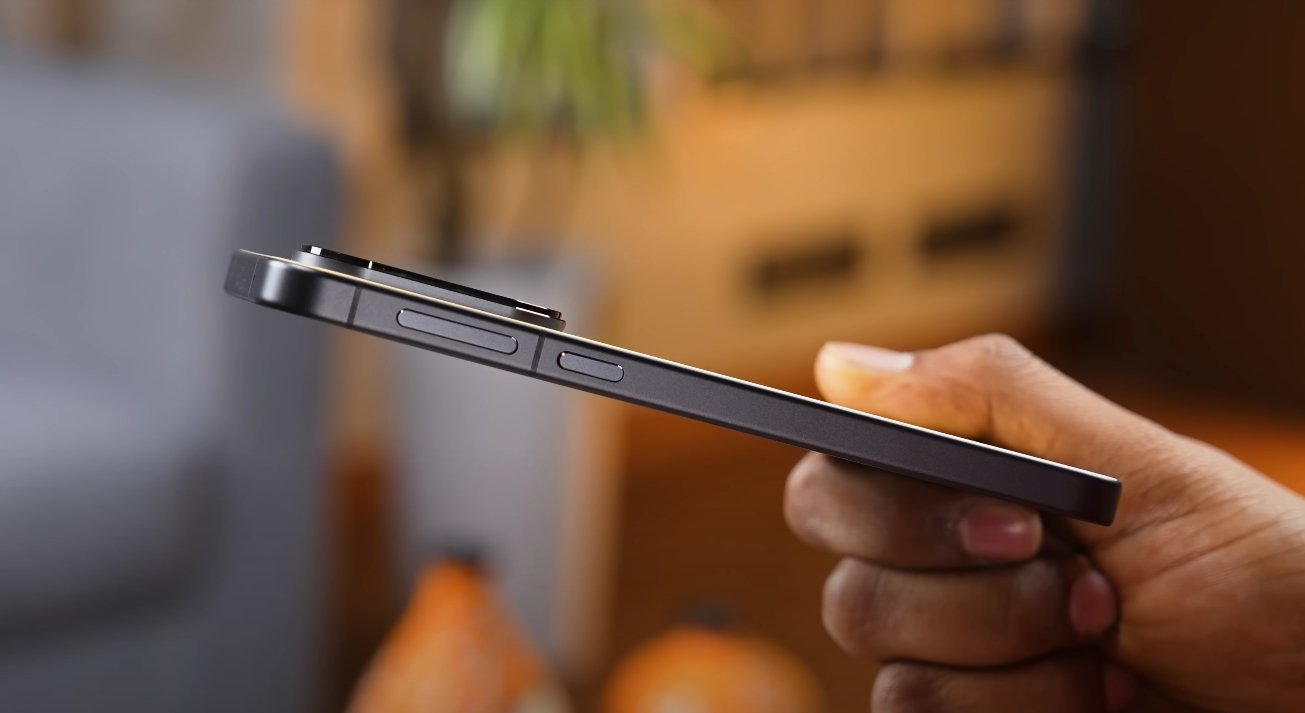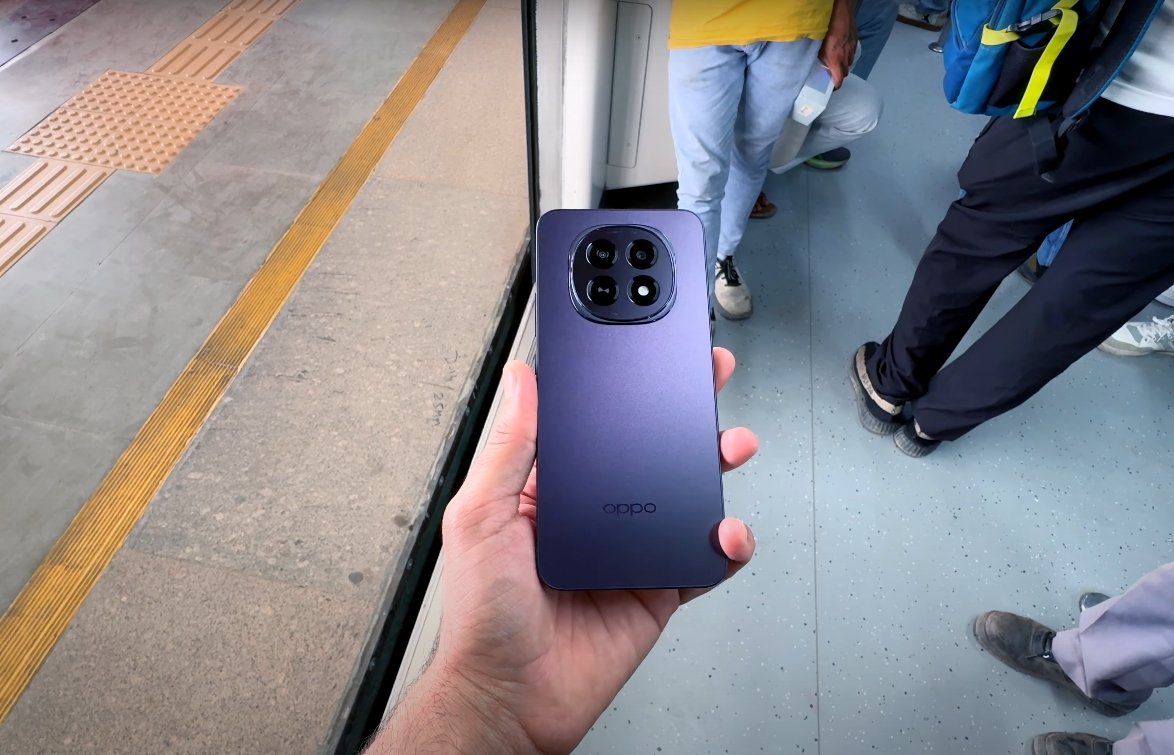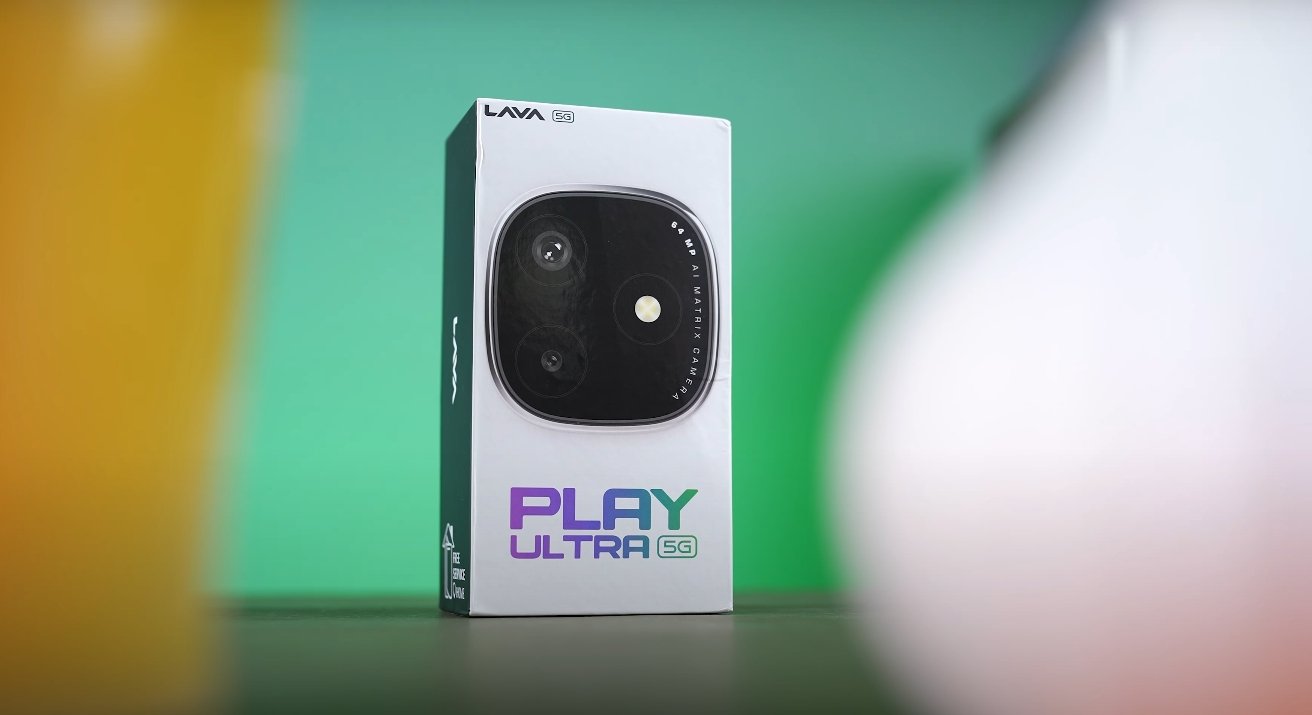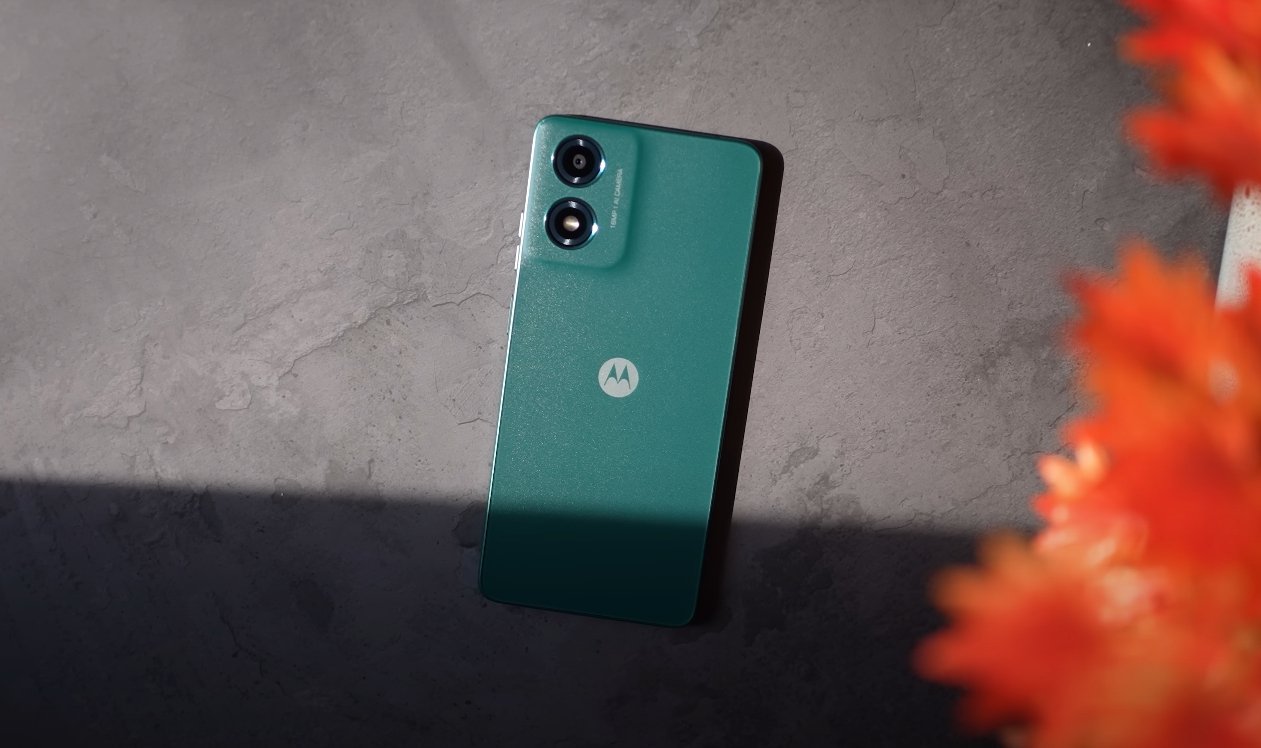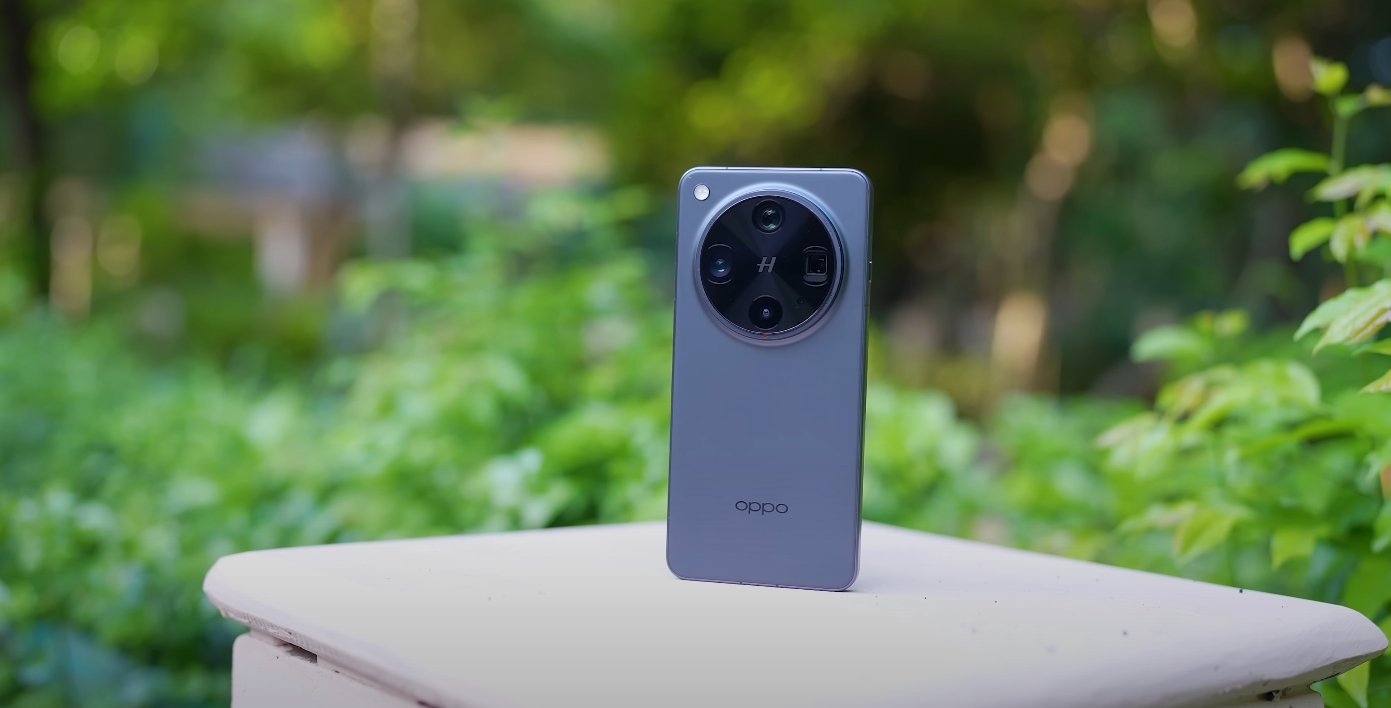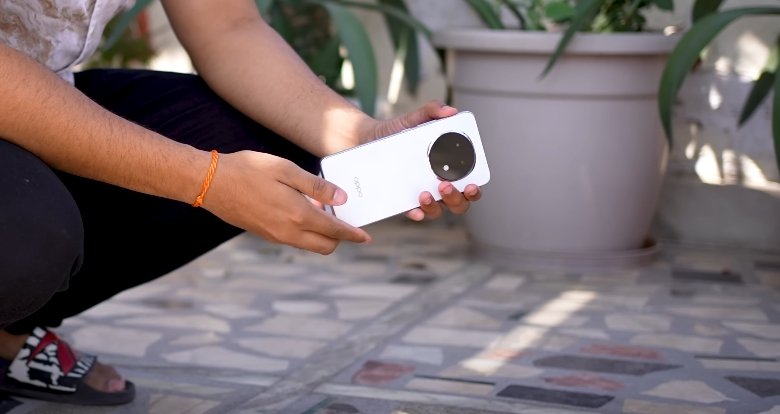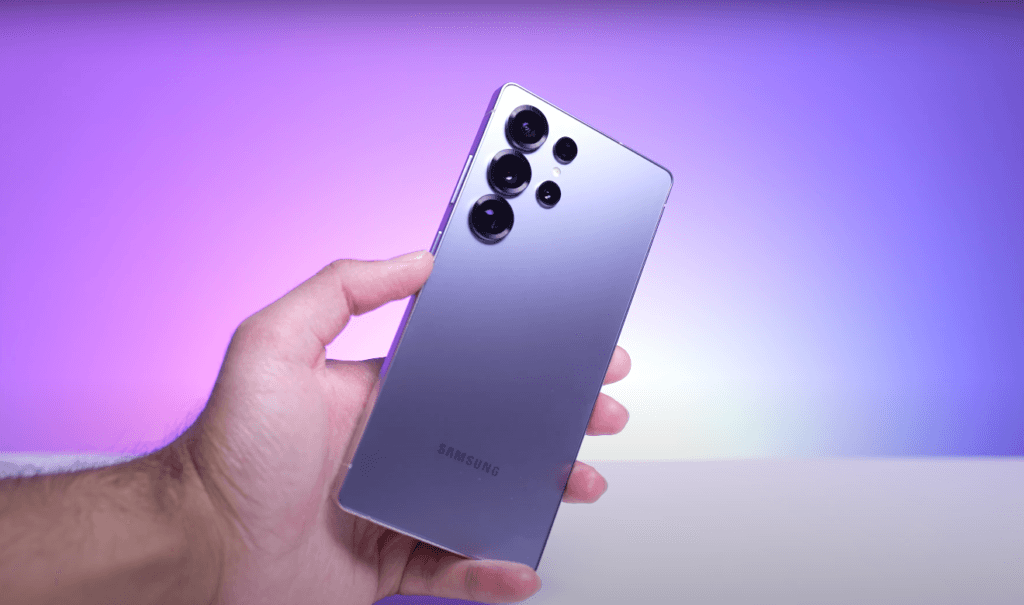Motorola Expands 5G Reach with Broad Carrier Compatibility in the U.S.
The Motorola Edge 70 is set to arrive with a wide range of 5G band support, ensuring solid connectivity across both international and U.S. networks. As part of Motorola’s growing premium lineup, the Edge 70 continues the company’s focus on combining advanced performance with reliable wireless technology. The upcoming model is expected to feature extensive sub-6GHz 5G coverage, offering faster data speeds, improved stability, and broader compatibility with global and American carriers.
According to early specifications, the Motorola Edge 70 will support a comprehensive set of 5G bands including n1, n2, n3, n5, n8, n28, n38, n40, n41, n77, and n78. These frequencies cover most major regions and enable the phone to function smoothly on mid-band and low-band 5G networks. Such support ensures that users can access stable, high-speed connectivity whether they are in the U.S. or traveling abroad. The device’s dual SIM and carrier aggregation capabilities further enhance signal performance, minimizing dropouts and boosting upload and download consistency.
For the U.S. market, Motorola is expected to tailor the Edge 70 to include key 5G bands that align with domestic carriers. This includes n41 and n77 for T-Mobile’s mid-band “Ultra Capacity” network, n71 for extended rural coverage, and n66 for AT&T’s wide-area 5G deployment. These bands will allow the Edge 70 to connect seamlessly across the three major U.S. networks—T-Mobile, AT&T, and Verizon. While Verizon’s high-frequency mmWave 5G may not be supported, the sub-6GHz coverage ensures strong and reliable performance across most of the country.
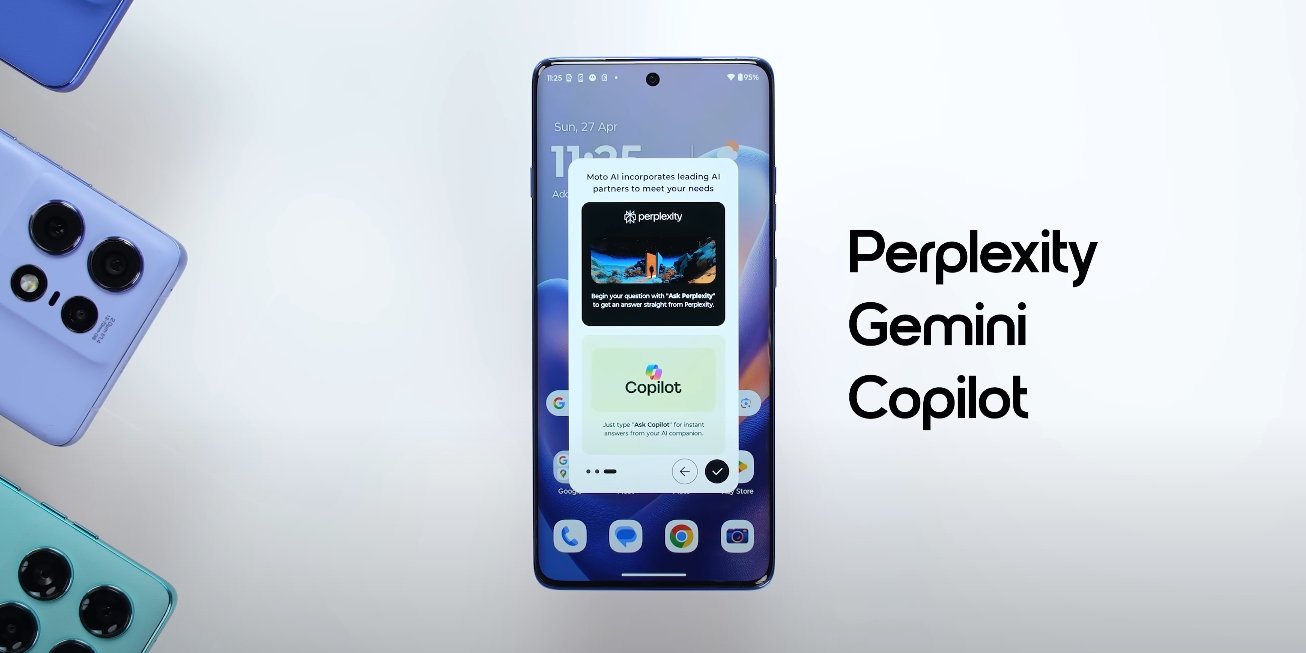
Motorola has a track record of ensuring its Edge series devices are carrier-ready in the U.S. Previous models have offered full compatibility with essential LTE and 5G bands, including support for VoLTE, Wi-Fi calling, and carrier aggregation. The Edge 70 is expected to continue that tradition, providing users with excellent signal reliability and network switching efficiency. Additionally, Motorola’s close collaboration with U.S. carriers will likely ensure official certification and support for enhanced connectivity features like 5G SA (Standalone) and NSA (Non-Standalone) modes.
In terms of call quality and data performance, the Edge 70 should benefit from Motorola’s latest antenna design and modem integration. The phone is rumored to feature Qualcomm’s Snapdragon 8s Gen 3 chipset, which includes an advanced X70 5G modem. This hardware supports faster peak speeds, improved network efficiency, and intelligent signal routing that adapts to user movement and signal strength. The result is a smoother browsing and streaming experience, even in congested areas or when switching between 4G and 5G networks.
For users in the U.S., the Motorola Edge 70’s 5G performance is expected to deliver balanced coverage and speed without relying on niche mmWave technology. While it may not reach the extreme speeds found in select city centers, it will provide more consistent connectivity over larger areas. This approach aligns with Motorola’s focus on real-world performance rather than theoretical peak metrics. Users can expect fast downloads, stable video streaming, and reliable cloud connectivity across major networks.
As 5G coverage continues to expand nationwide, Motorola’s decision to optimize the Edge 70 for sub-6GHz bands makes practical sense. It ensures compatibility with the networks most Americans use daily, while keeping costs lower than mmWave-focused flagships. With its broad range of 5G band support, carrier flexibility, and efficient modem design, the Motorola Edge 70 is shaping up to be a well-rounded option for users who prioritize dependable connectivity and smooth performance across the U.S. and beyond.
